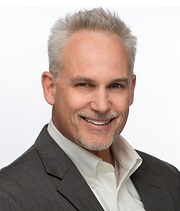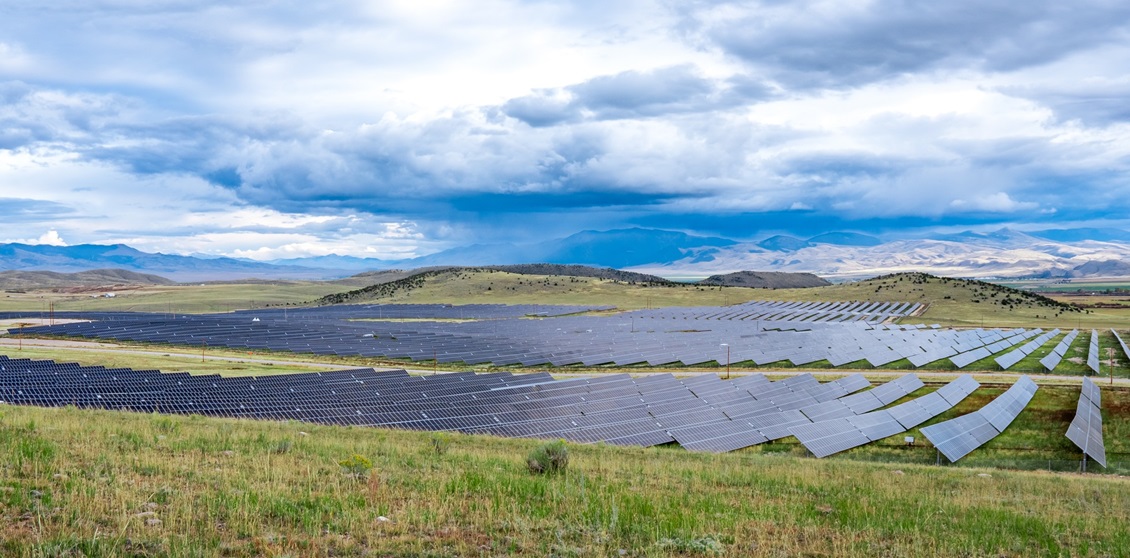From pv magazine USA
If you look back just 20 years in the US solar industry, 1 MW was the total amount of solar being installed on an annual basis. Now, in 2023, the US market may exceed 30 GW in one year! As megawatts have grown to gigawatts the inverter market has diversified and matured, but bigger inverters aren’t necessarily the growing trend. Central inverters still dominate the US utility solar market but string inverters are beginning to get more traction in 10+ MW projects.
“When a central inverter goes down for anything more than minor maintenance, it takes down several MWs of generation potential with it,” said Clēnera CEO Jason Ellsworth. “The prolonged downtime for repair or replacement can be detrimental to project performance.”
Earlier this summer, Clēnera – a Boise, Idaho-based solar developer and asset manager – began commercial operation of Apex Solar, a 105 MW (DC) solar project in Beaverhead County in southwestern Montana. The project is contracted to NorthWestern Energy under a 20-year power purchase agreement and is expected to generate carbon-free power equivalent to the annual consumption of 13,500 households. Unlike most of Clēnera’s previous projects that use central inverters, the Apex Solar plant is utilizing 275 kW (AC) string inverters made by CPS America.
Advantages of string inverters include their relatively small size and weight, the ability of the project owner to store spare replacement inverters on-site, and the lower production losses when an inverter goes down.
“As a company, we are aggressively seeking innovations that improve reliability. At Apex, string inverters are just one of the steps we’ve taken to ensure maximum reliability and performance,” said Ellsworth. “As a long-term owner and operator, we care deeply about the lifetime performance of each project. We will continue to find ways to improve reliability, enhance performance, and extend the lifetime on all our projects.”
In the dynamic landscape of the utility-scale solar market, which is anticipated to reach 23 GW of deployment in 2023, agility is paramount. In a recent interview with the CPS America’s leadership team at RE+ in Las Vegas where 40,000 energy professionals gathered, Bryan Wagner noted CPS’s “Lightspeed system” that bridges communication across its diverse departments, from R&D to sales to service. This nimbleness, he argues, translates to annual product evolutions, moving CPS’s inverter market share from a modest 2% to 3% five years ago to their current market share of 8%.
In 2016 GTM predicted that string inverters would achieve 20% market penetration in US utility solar by 2022. Globally, the penetration of string inverters into utility solar is already 50% according to some sources.
Popular content
According to CPS Global, string inverters are adopted at 80-90% of all their projects in some European and Asian countries.
“The Apex Solar Farm project is a testament to CPS‘s commitment to integrate the benefits of string into utility scale projects like Apex Solar and we couldn’t be more excited that Clēnera put their trust in CPS America on this project,” said Wagner.

Tim Montague leads the Clean Power Consulting Group and is host of the Clean Power Hour podcast. He is a solar project developer, cleantech executive coach and consultant, mastermind group leader, entrepreneur and technology enthusiast.
The views and opinions expressed in this article are the author’s own, and do not necessarily reflect those held by pv magazine.
The views and opinions expressed in this article are the author’s own, and do not necessarily reflect those held by pv magazine.
This content is protected by copyright and may not be reused. If you want to cooperate with us and would like to reuse some of our content, please contact: editors@pv-magazine.com.


By submitting this form you agree to pv magazine using your data for the purposes of publishing your comment.
Your personal data will only be disclosed or otherwise transmitted to third parties for the purposes of spam filtering or if this is necessary for technical maintenance of the website. Any other transfer to third parties will not take place unless this is justified on the basis of applicable data protection regulations or if pv magazine is legally obliged to do so.
You may revoke this consent at any time with effect for the future, in which case your personal data will be deleted immediately. Otherwise, your data will be deleted if pv magazine has processed your request or the purpose of data storage is fulfilled.
Further information on data privacy can be found in our Data Protection Policy.